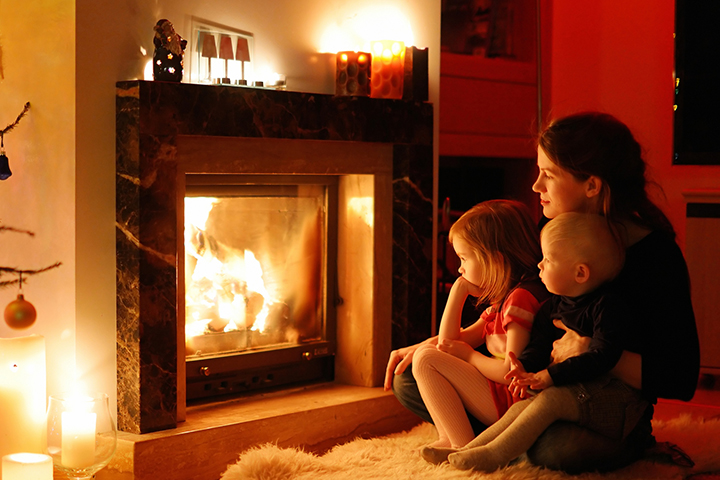With a recent cold snap and a number of reported house fires across the country, some health experts are warning Canadians to be extra cautious about fire and burn safety inside and outside the home.

It’s common for house fires and burns to be high during the winter, says Dr. Marc Jeschke, director of the Burn Centre at Sunnybrook Health Sciences Centre in Toronto. Recently, however, he has been seeing more burn injuries that could’ve been prevented.
“People need to realize everything can be a potential hazard,” Dr. Jeschke tells Global News. “I strongly encourage Canadians to use common sense and when in doubt, don’t fix it yourself. Don’t risk your own life.”
READ MORE: B.C. woman urges vigilance after recalled stove burns down home
Recently, a fatal house fire in Oshawa, Ont. killed two adults and two children. It was later confirmed the family did not have working smoke detectors.
According to Fire Prevention Canada, fires can start anywhere in the home — from the kitchen to the garage to the attic.
The site adds smoke is the cause of the majority of fire-related deaths.
“In addition to deadly carbon monoxide, smoke carries poisons such as hydrogen cyanide and irritants such as formaldehyde and acetic acid. Added to this lethal potion are other toxic substances that come from the burning of synthetic materials commonly found in the home, especially those emitted from plastics and foams.”

Get weekly health news
Below, Jeschke lists seven potential hazards that can lead to serious burns and life-threatening fires in the home.
Faulty alarms and detectors
“Test your smoke and carbon monoxide detectors regularly,” he says. If you are unsure how to test or install these detectors, call in an expert or check out tutorials online.
Fire Prevention Canada notes carbon monoxide is a colourless, odourless gas that has no taste. This deadly gas is the leading cause of fatal poisonings in North America, the Canada Safety Council adds.
Christmas trees
Dried-up Christmas trees that are still around in the home can also be a fire hazard, Jeschke says.
In December, a video from the U.S. Consumer Product Safety Commission showed how quickly a dry real Christmas tree went up in flames compared to a watered one.
Thawing frozen pipes
Current weather conditions also can lead to frozen pipes, but Jeschke says people are not calling in professional help and are trying to thaw their pipes themselves.
READ MORE: This video proves why it’s so important to water Christmas trees
He has recently seen injuries from people trying to use a Bunsen burner and blowtorches to thaw their pipes.
Improper use of heaters
Jeschke says space heaters and electrical heaters are commonly used this time of the year, but they are often put in the wrong places. “Don’t put them in storage units or garages with paint or oil or close to curtains, sofas and carpets.”
Unsupervised fireplaces
The appeal of using a wood-burning or electric fireplace during winter months sounds inviting, but when these fires or units are not supervised, it could lead to uncontrollable fires and burns.
READ MORE: Online tributes growing for victims, including 2 children, of fatal Oshawa fire
Jeschke says often children come in with burned palms and fingers, or injuries can happen when people want to start fires in the first place.
Not being dressed for the weather
Frostbites, another type of burn, are also on the rise in cities like Toronto, Jeschke says. Often people aren’t wearing gloves or proper winter gear during outdoor activities, nights out, or even when they pump gas, he says.
For example, he has seen cases in which intoxicated people are unaware they even have frostbite, and others who think their numb, exposed body parts are just “cold.” Always seek professional help if you believe you have frostbite.
No escape plan
And most importantly, when you have all of your detectors in check, create a fire escape plan with your family, Jeschke says.
“Have a meeting place and let everyone know where the detectors and fire extinguishers are.” If you live alone, create your own escape plan or talk to your property management.
















Comments